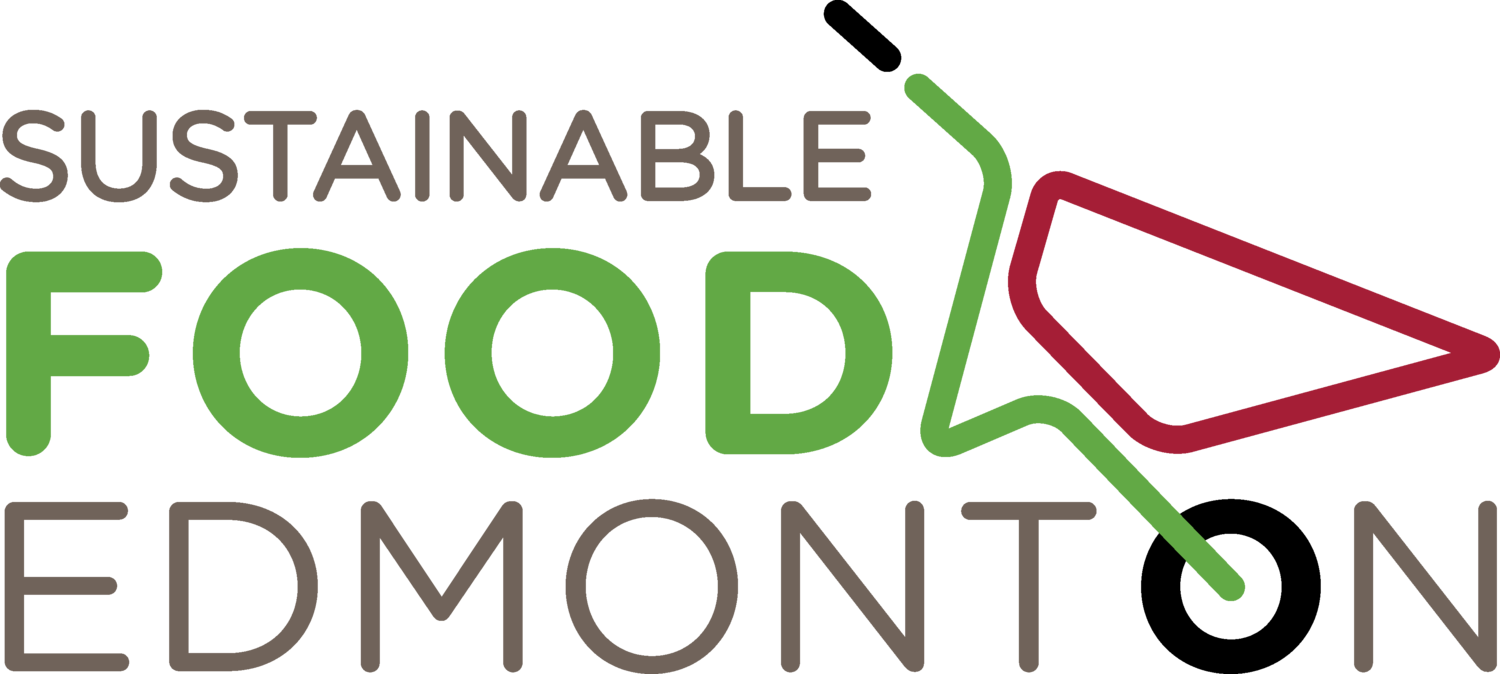It has been my great pleasure to volunteer for and, this year, to lead the Central Community Garden in the Central McDougall neighborhood of Edmonton. A community garden in an area where many marginalized people live is a major asset which brings people together across the divides of income, ethnicity, and language to enjoy the outdoors, grow healthy food, socialize and exercise. Community gardens have an outsized potential to cement relationships of mutual trust and revitalize communities. We have seen this in action. When Jason Shine and the Central McDougal Community League started the garden in 2014 they sought to revitalize a plot of land which was being regularly used for drug and sex trafficking. I do not expect to ever rid any neighborhood of these activities but animating an area with positive healthy activities goes a long way towards uplifting the street-level energy of a place, and towards making the traffickers think that they should do their business elsewhere. A few grandparents with little ones weeding garden plots has precisely this effect. The founders of the garden had this in mind and it has worked. An area that has many people sleeping rough, many addicts, and those who profit off them, now also has a beautiful garden where children play and learn about farming from their elders.
A community garden brings food to an area and this is, in itself, a good thing. Our neighborhood does not lack for grocery stores (Big up to Habesha and Adam's Grocery!), but other inner-city neighborhoods do, and so making food more available is desirable. The idea is that anyone can sign up to garden for $20 per season and grow their own food. This fee has been a barrier to some and we regularly donate plots to those who express an interest but cannot pay. The fee, our policy of communicating over email, and the difficulty of planning ahead when one is in inadequate housing have prevented many who want to have access to fresh food from becoming gardeners. Some of these folks nevertheless use our garden as a sort of covert grocery store, coming mainly at night to pull carrots and grab tomatoes. How should we respond?
When you've been tending plants for a few months and now they're ripening there is a feeling of excitement and pride as with any creative project. Pilfering can have a negative psychological impact in gardeners. It feels like having your house robbed or suffering some other abuse. It feels awful. A few years ago we started picking our tomatoes green and half size to avoid the inevitable theft that came if they hung on the vine the size of your fist. This is the #1 complaint of our gardeners.
I think we have to dial back our feelings of anger and frustration over this by looking at the bigger picture. The struggling person who organizes a midnight raid on our garden is setting themselves up for a better day tomorrow. A few more calories and a fuller belly can prevent people from making the worst choices and gives them the energy to improve their condition which also benefits the community. Desperation is the enemy of healthy community. If people can make themselves feel less desperate by eating my tomatoes, I surrender them.
Many gardeners do not feel this way but I am sure there is a macroeconomic effect of this free food. I think it reduces the potential for other, more violent forms of theft, and I think it also reduces street violence. It raises the blood sugar of the neighborhood. I do not encourage pilfering but I think we have to see it for what it is. It tells us that some of our neighbors are food insecure and that the garden helps them meet their food needs.
We intend to continue with the policy of assigning plots to individuals and not going the route of a "urban farm collective," where my perspective on feeding the people might be more at home. An ethos of private property characterizes garden activities. People grow their food in their plots and trade and share as they please.
I clean up the garden all the time. This week, it's gangster wannabe graffiti on the garden shed and the daily detritus of unhoused people using the garden overnight. One feels angry occasionally with a pile of needles carelessly discarded, some with blood in the stem, some still charged with whatever intoxicant was their initial purpose, and with the deliberate fouling of the premises with beer cans or human waste. Some of this is simply the inevitable result of having a beautiful park in the inner city. Some of it is purposeful intimidation by drug and sex traffickers to get us to surrender the land to them. My final thought is this: we have already defeated the prospect that this park become an open air drug market. I clean up and spend time at the garden, and so do the sixty plus gardener volunteers who grow food there. We vastly outnumber the dozen drug dealers and five pimps who want to occupy the park. Ten gardeners there in the noon hour, two at dinner time, or one watering at 9 pm are the heart of the neighborhood. As they benefit from their garden we benefit from the knock-on effect: the drug dealer rides by and thinks "Damn it, that grandma (or that loudmouth) is in the park again. I've got to set this up elsewhere." Bon voyage and godspeed.
About the Author
Kevin Solez, PhD, Instructor in Classics at MacEwan University, Director of the Raven Research Group for the Comparative Study of Feasting, Director of Central Community Garden in partnership with the Central McDougall Community League.
Follow Kevin at @KevinSolez
Follow Central Community Garden at @garden_yeg

